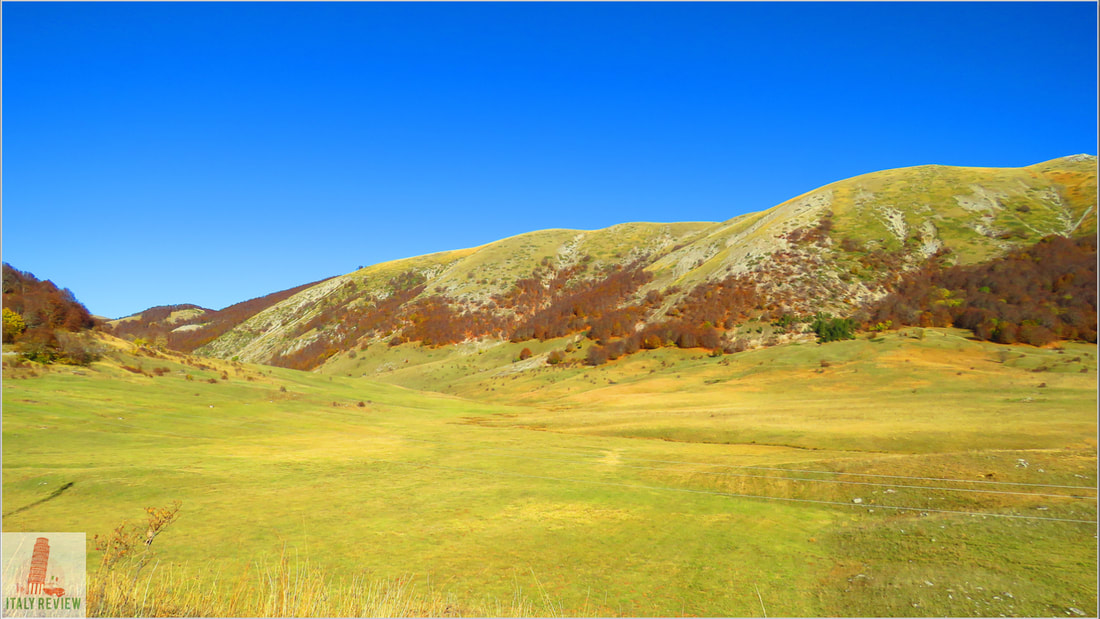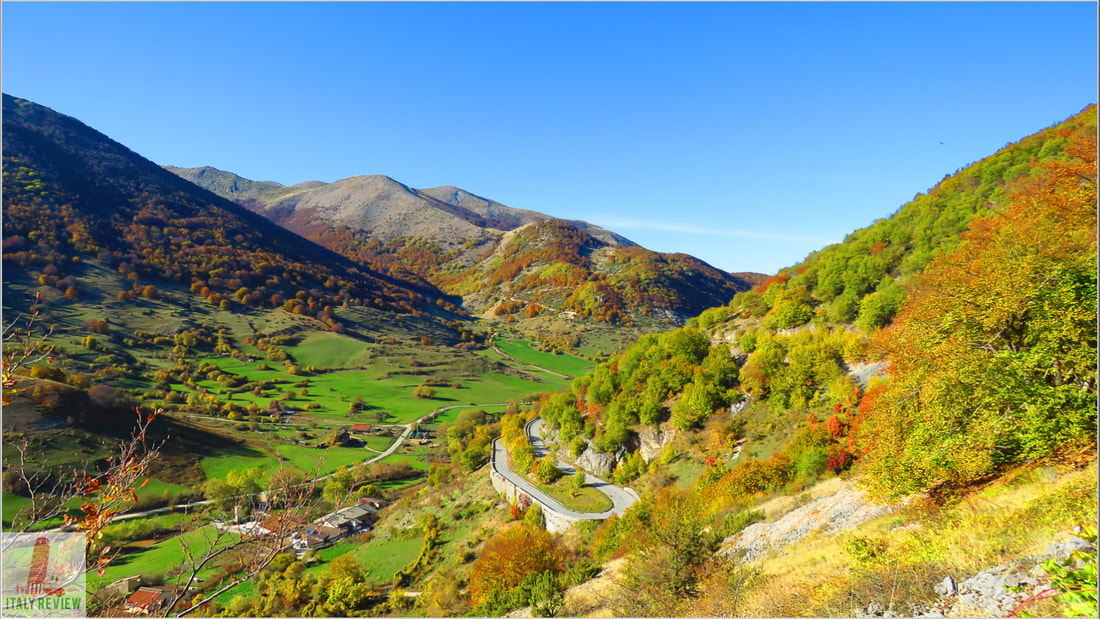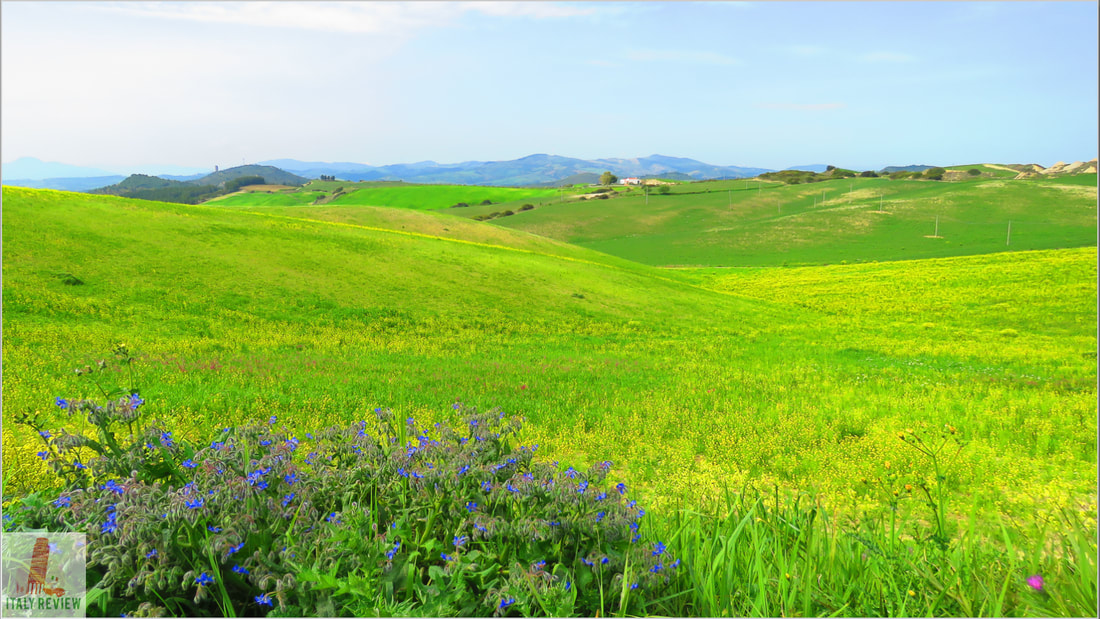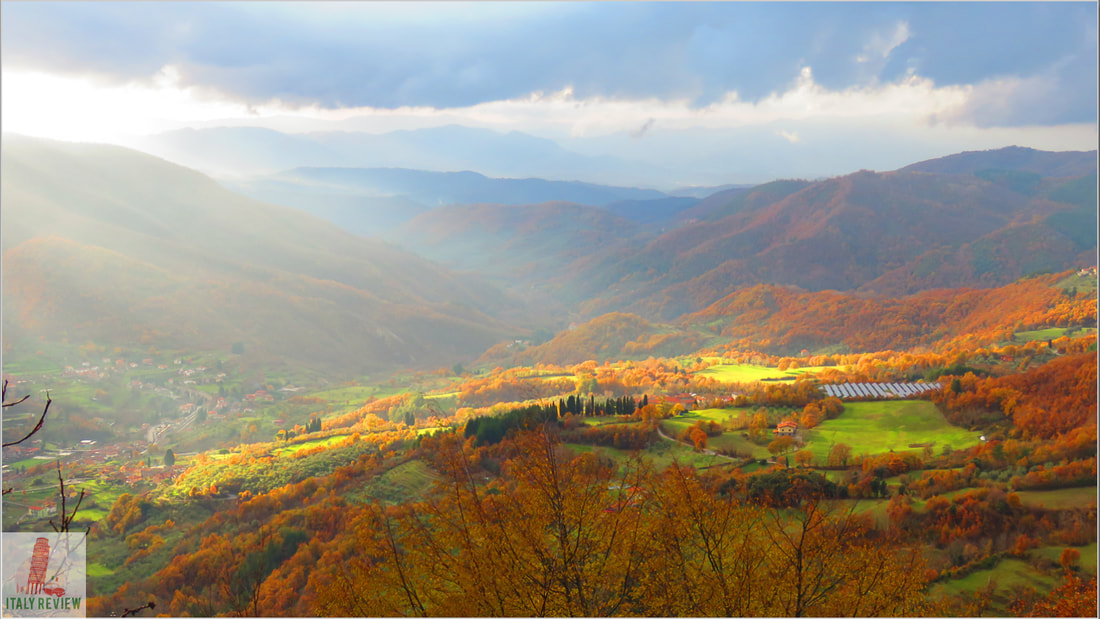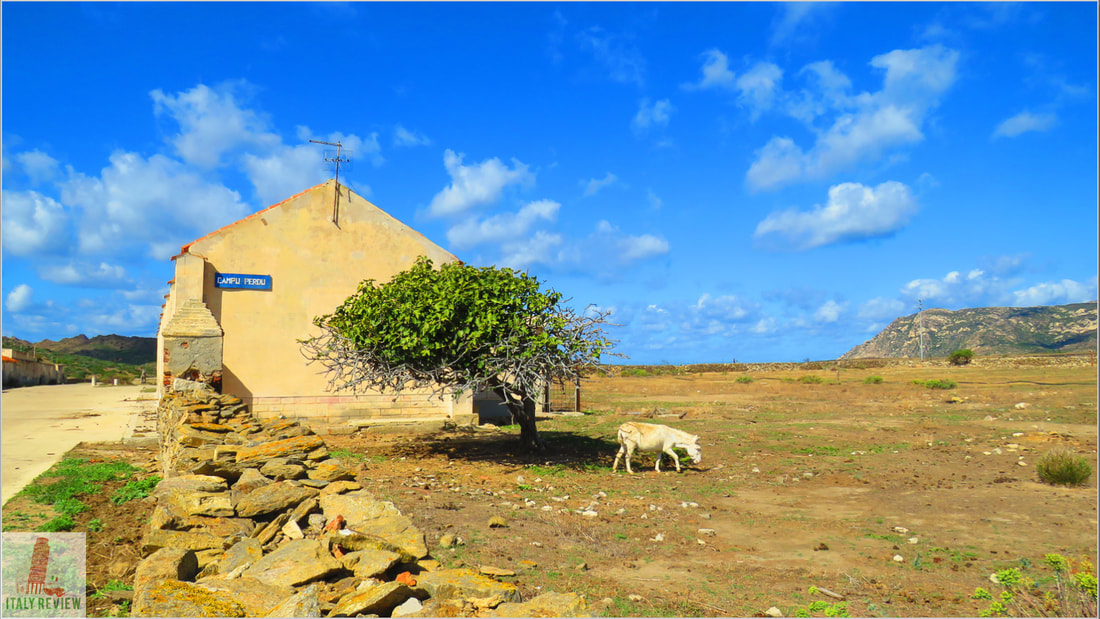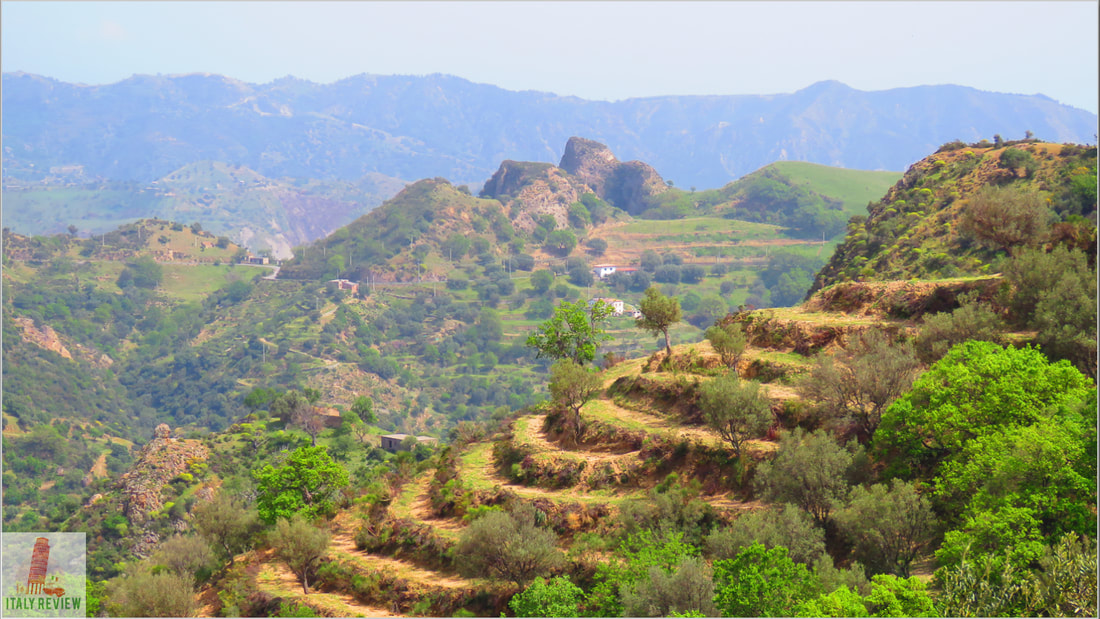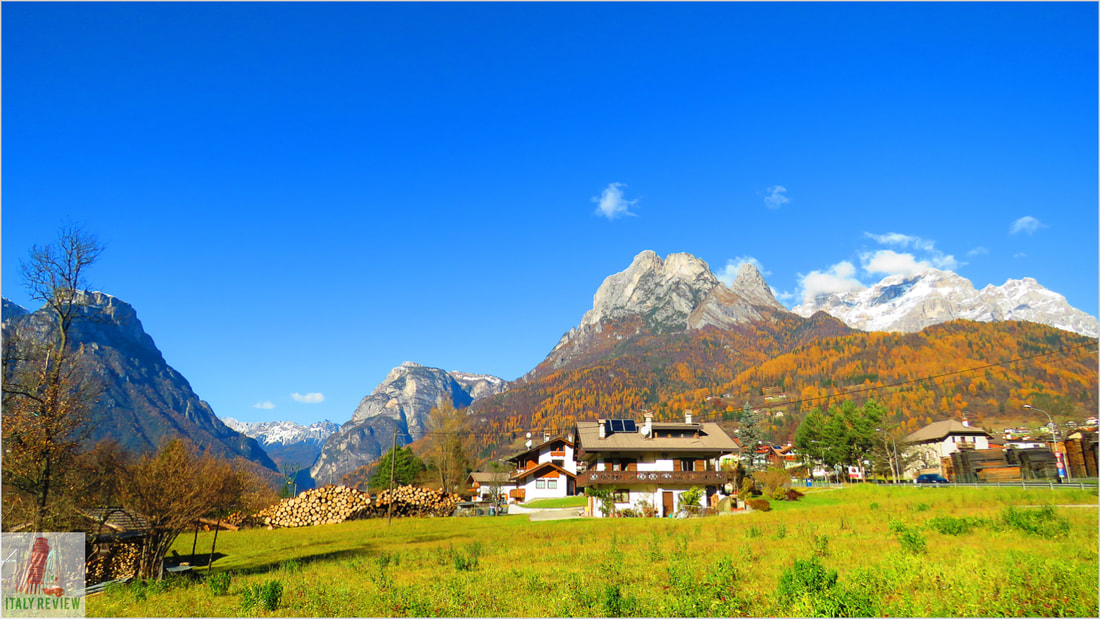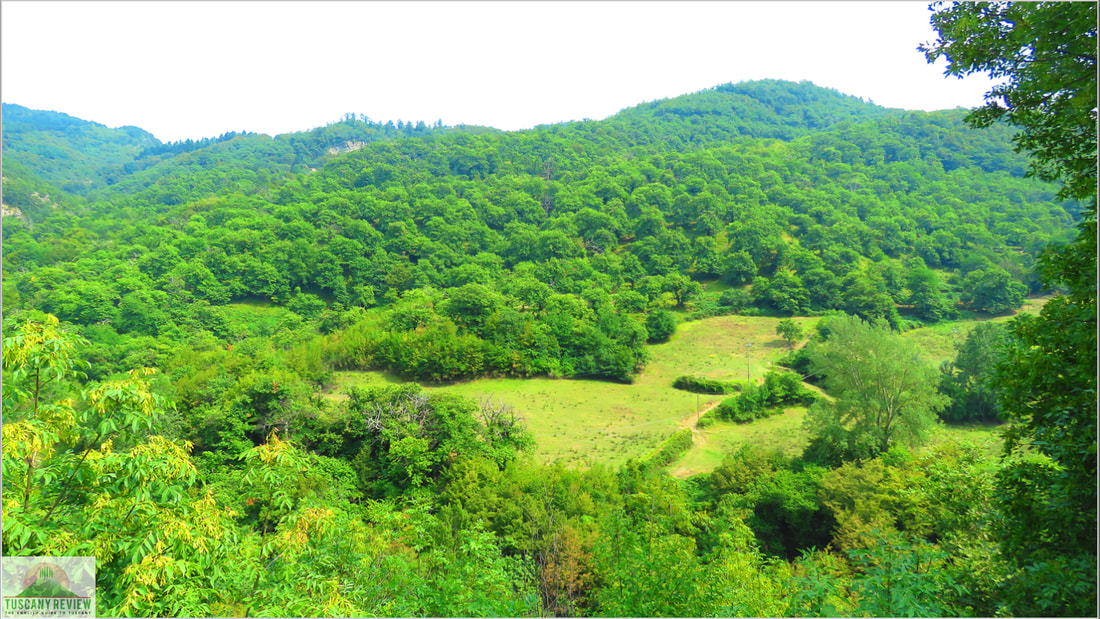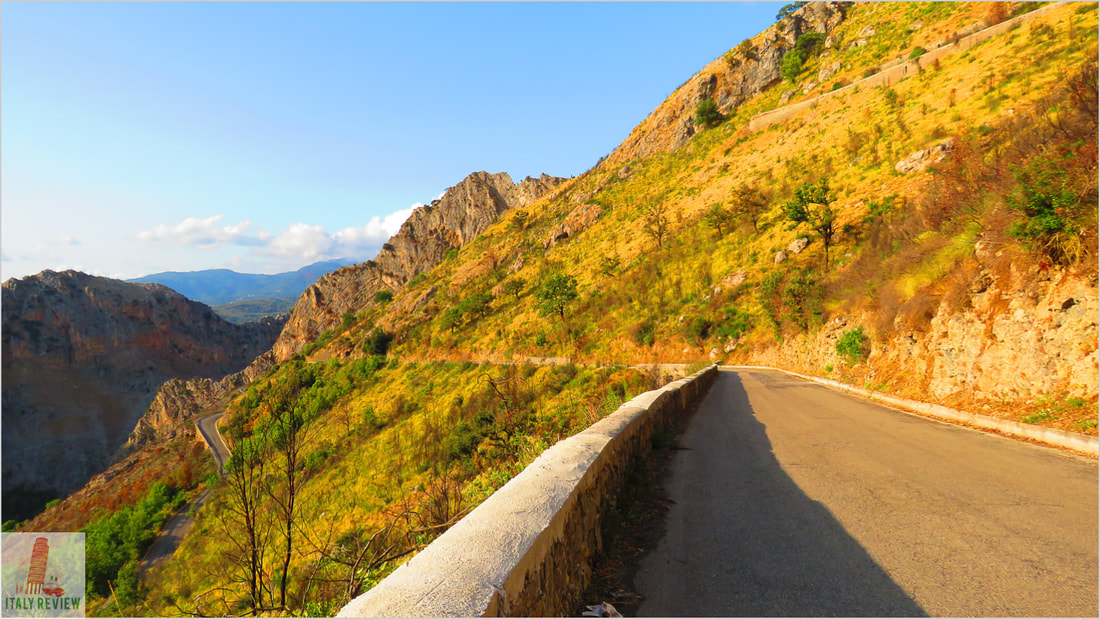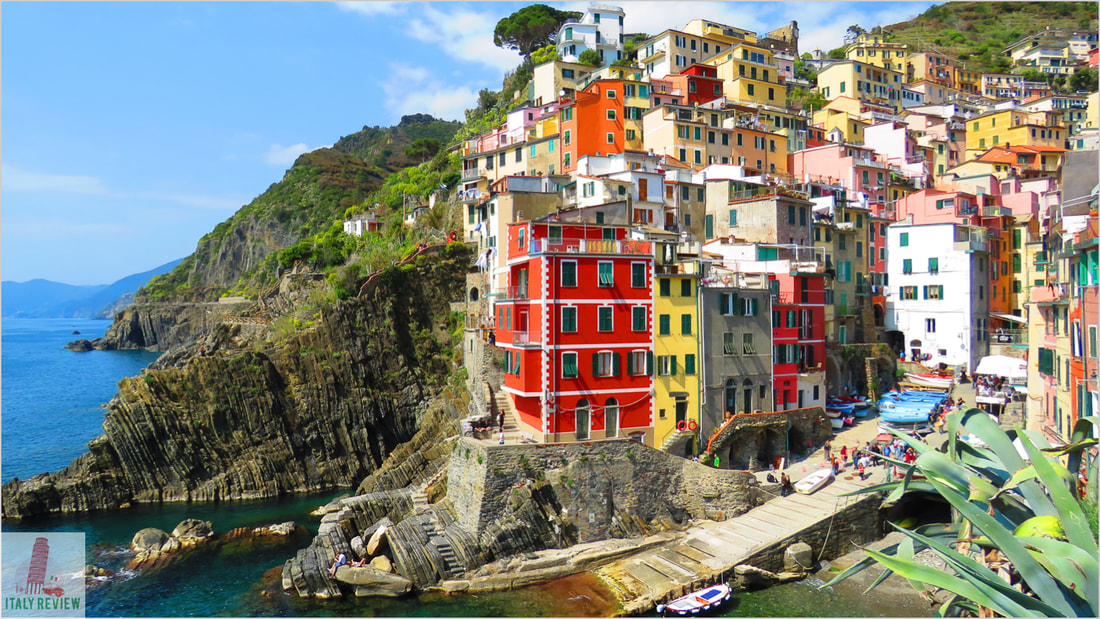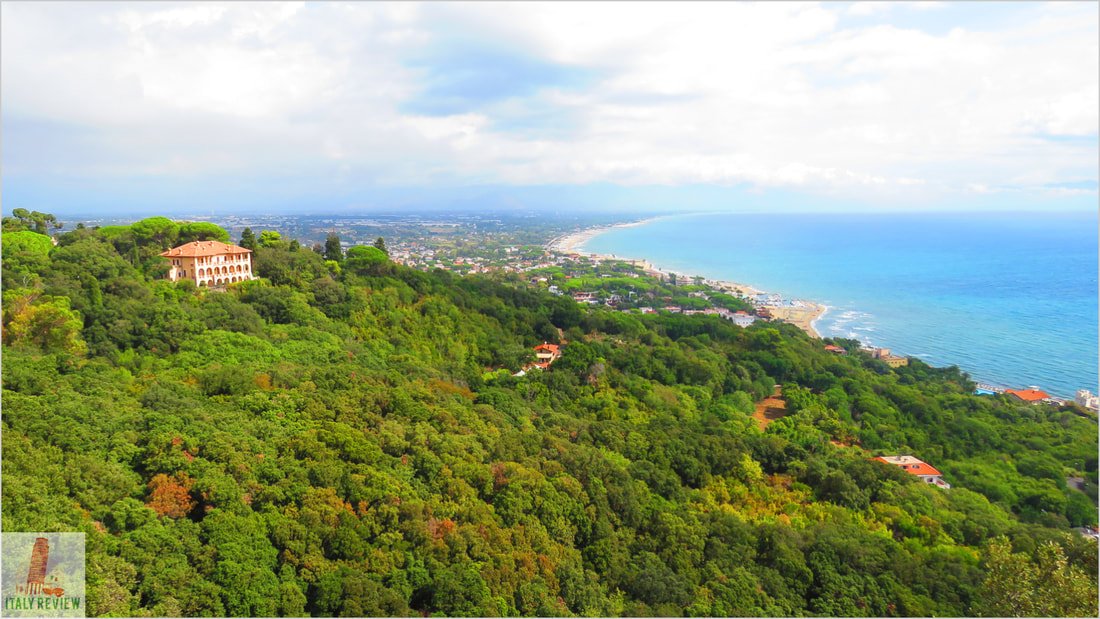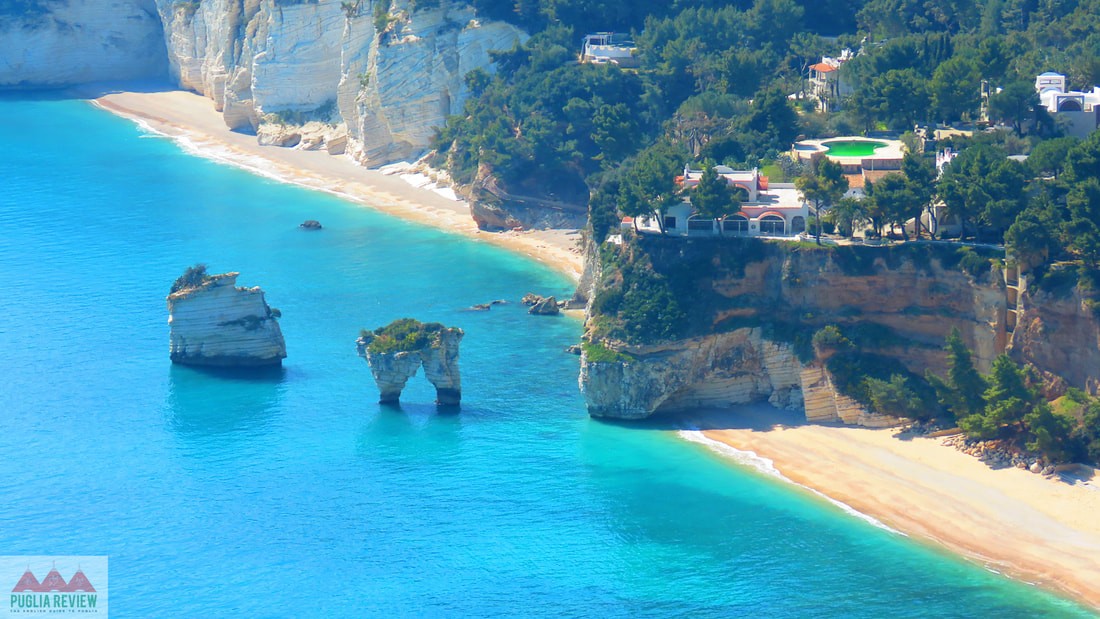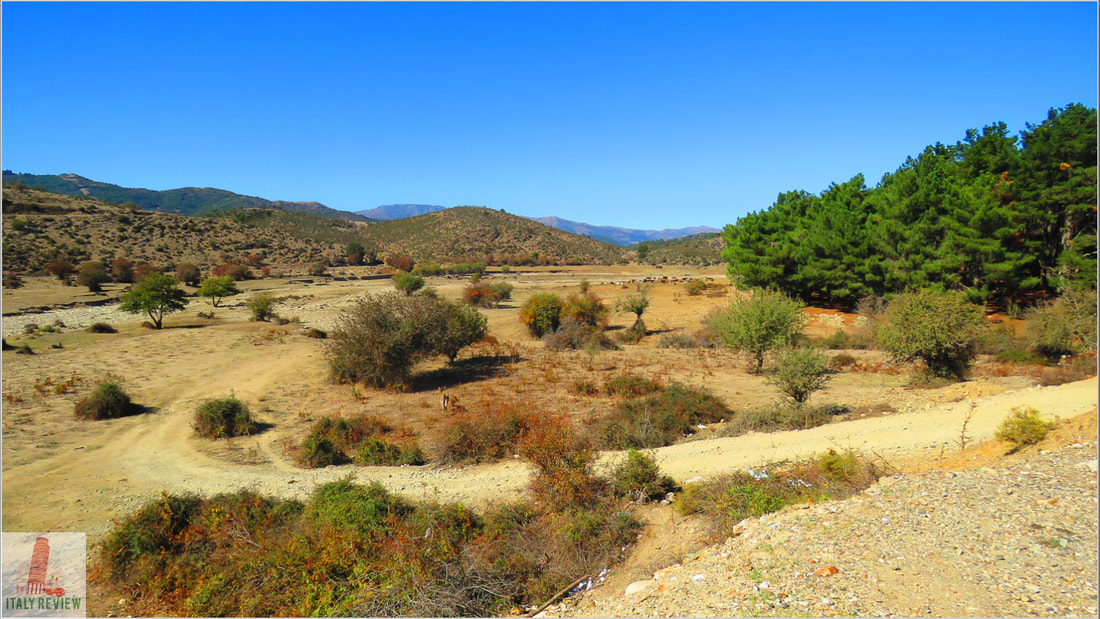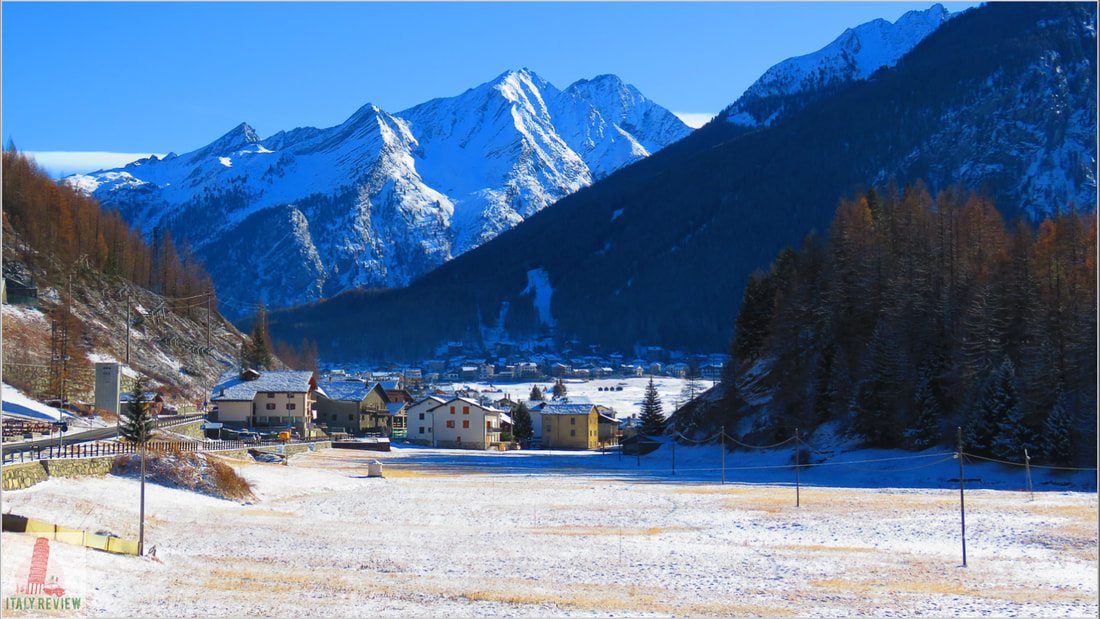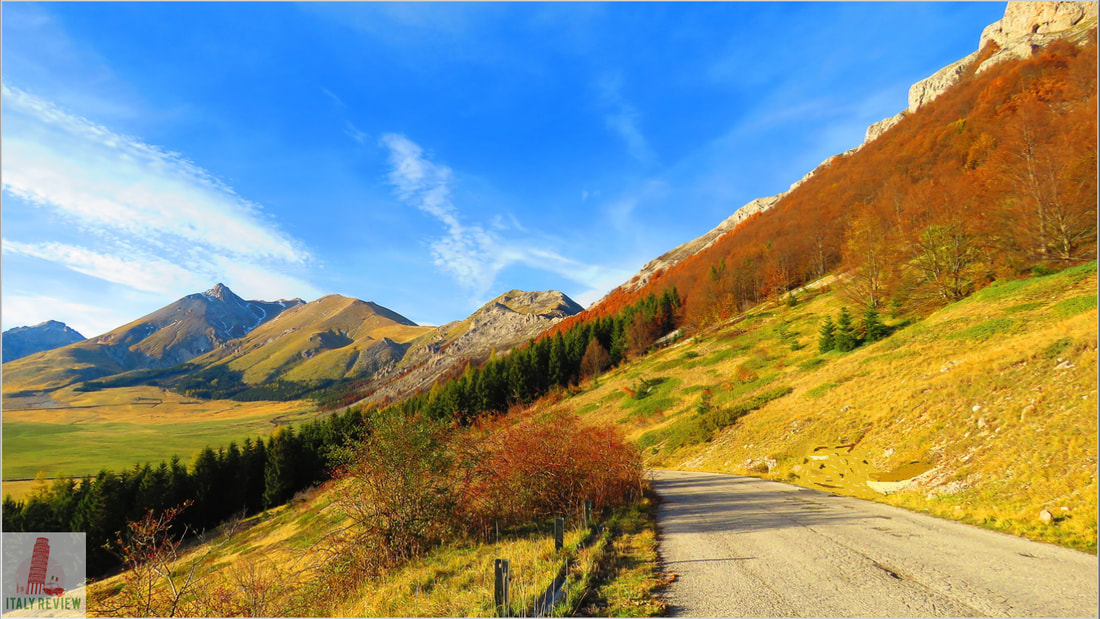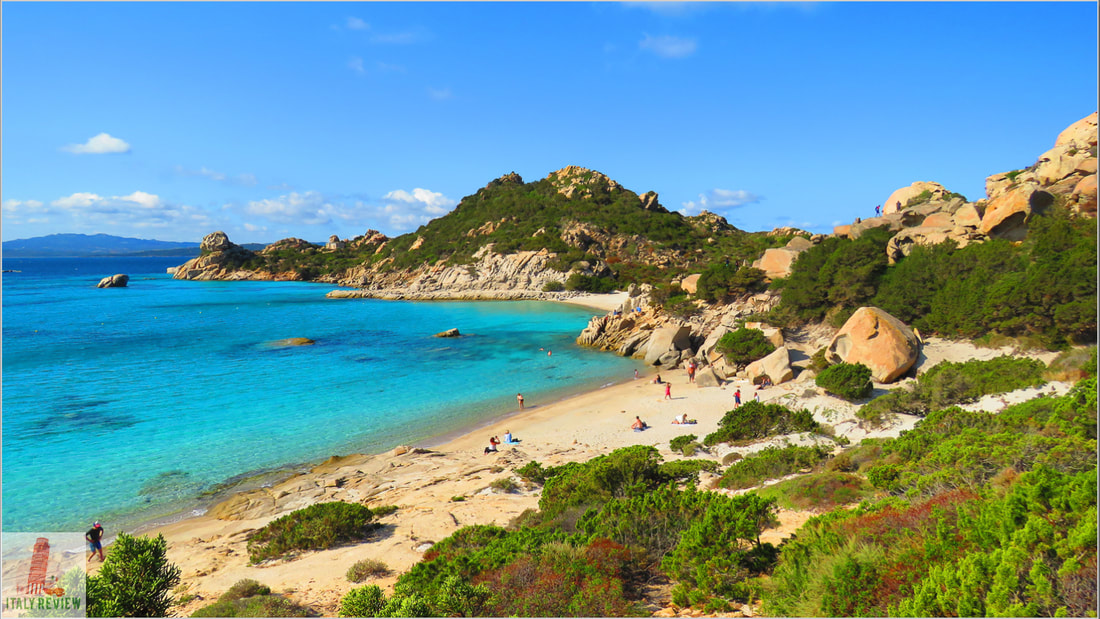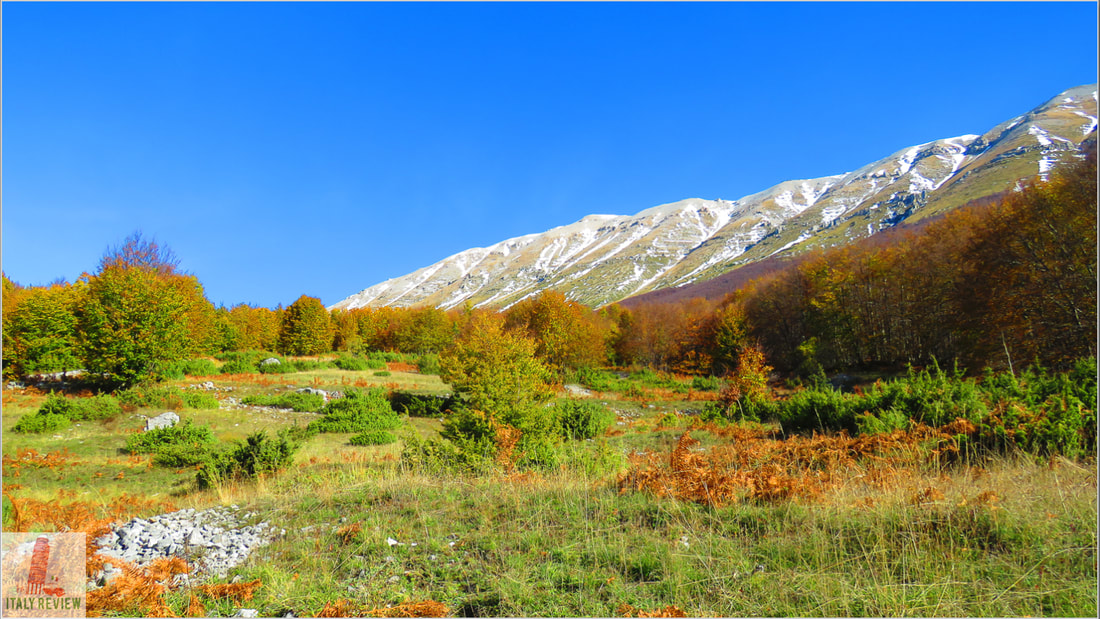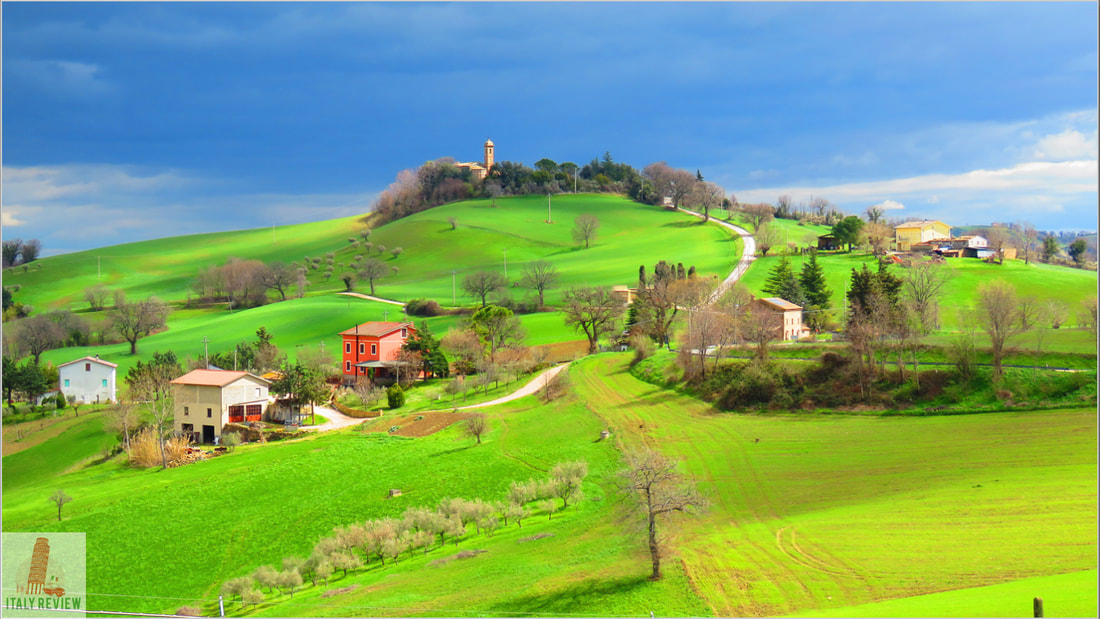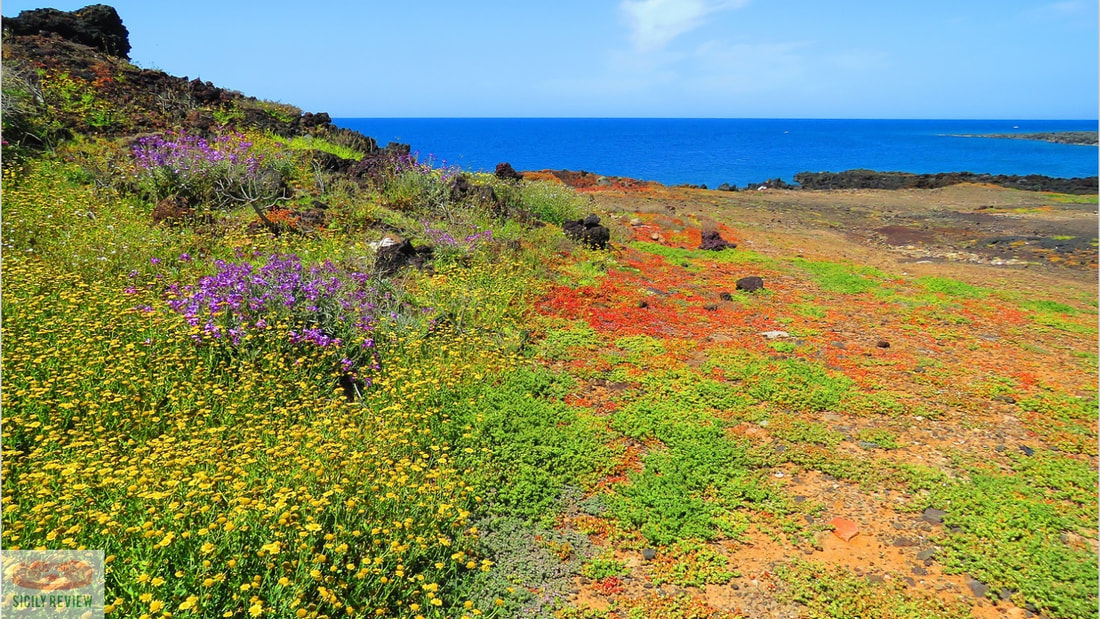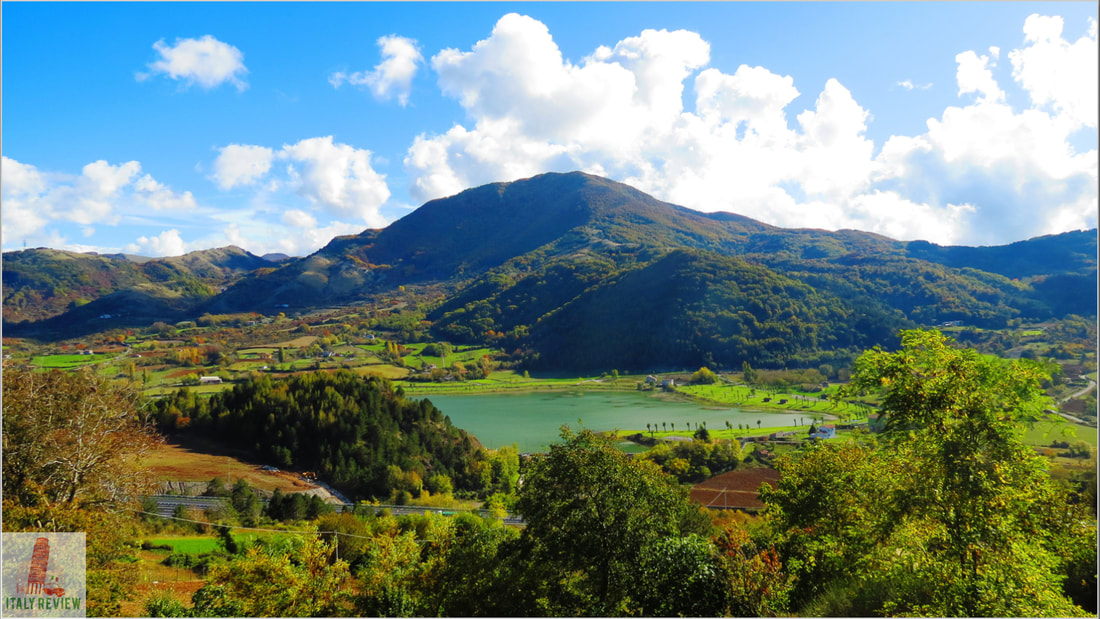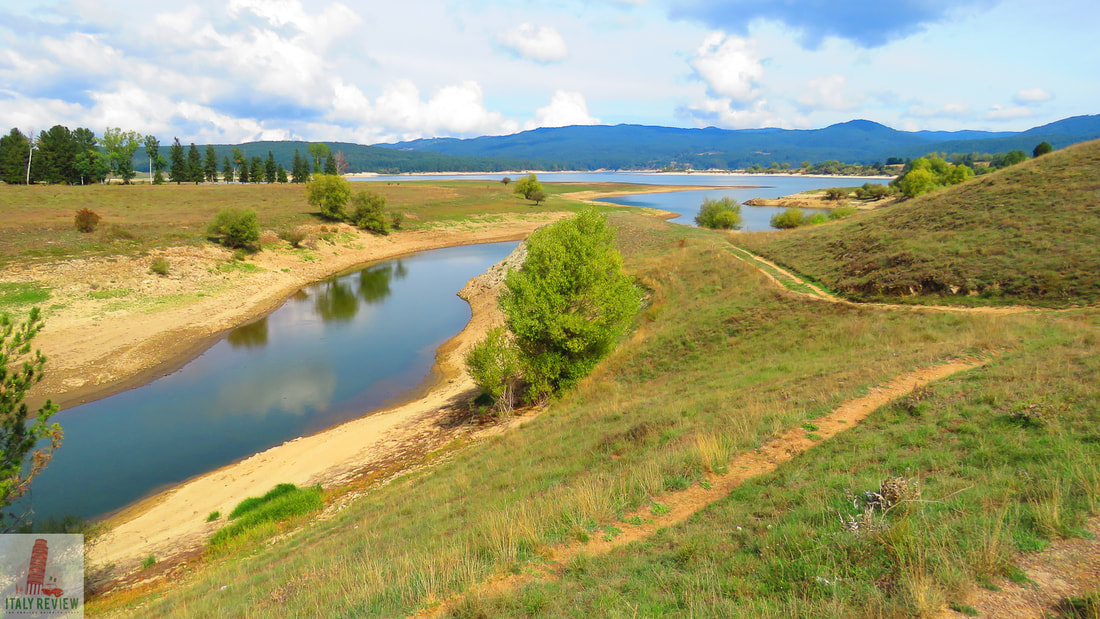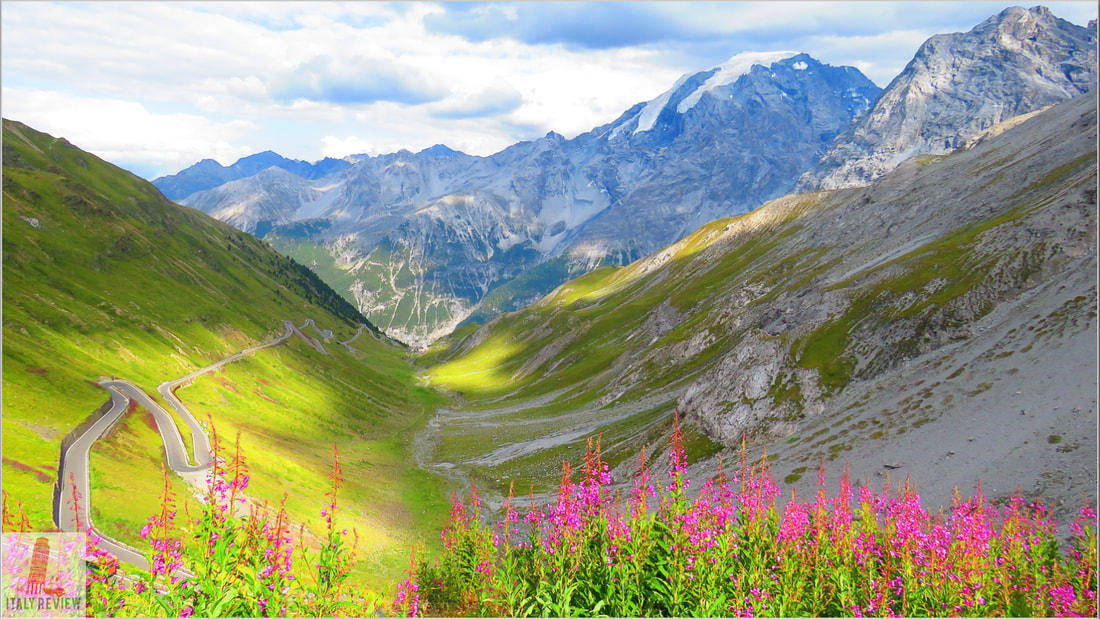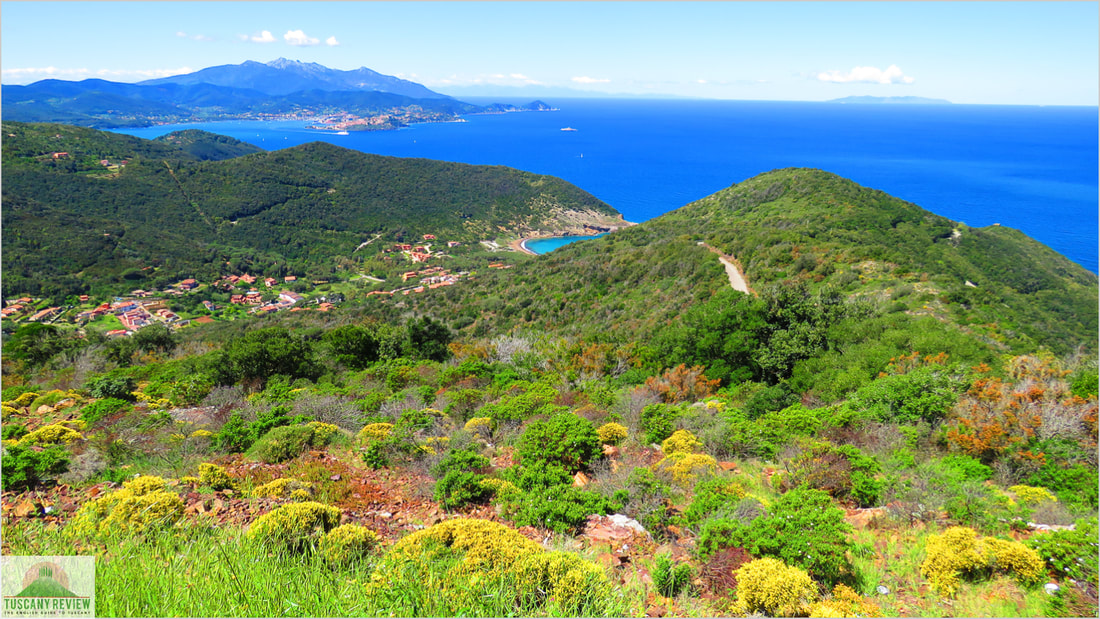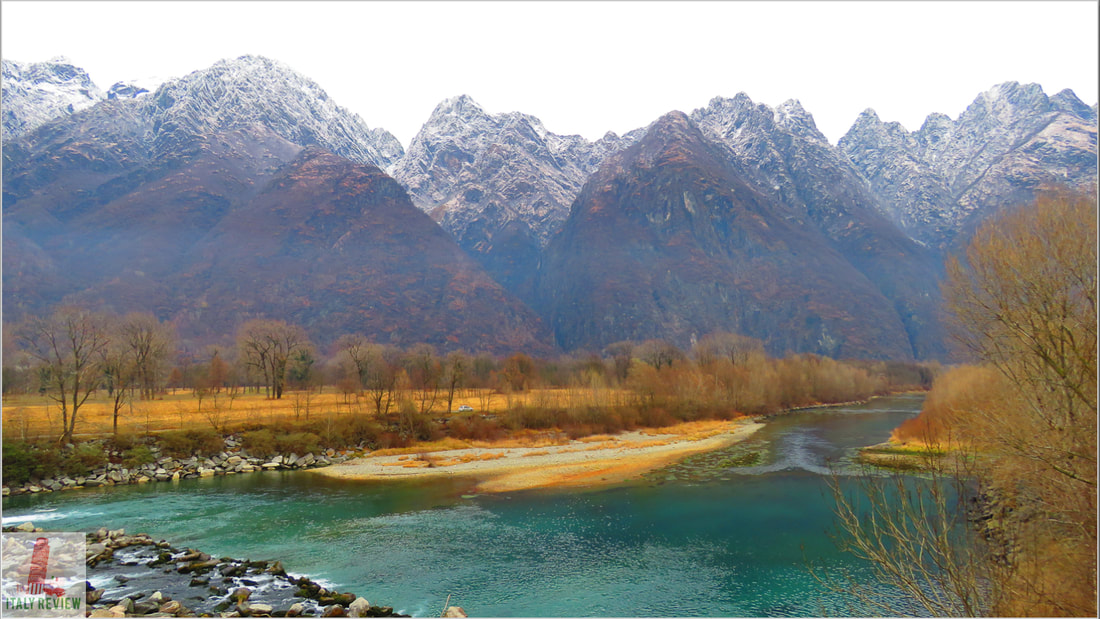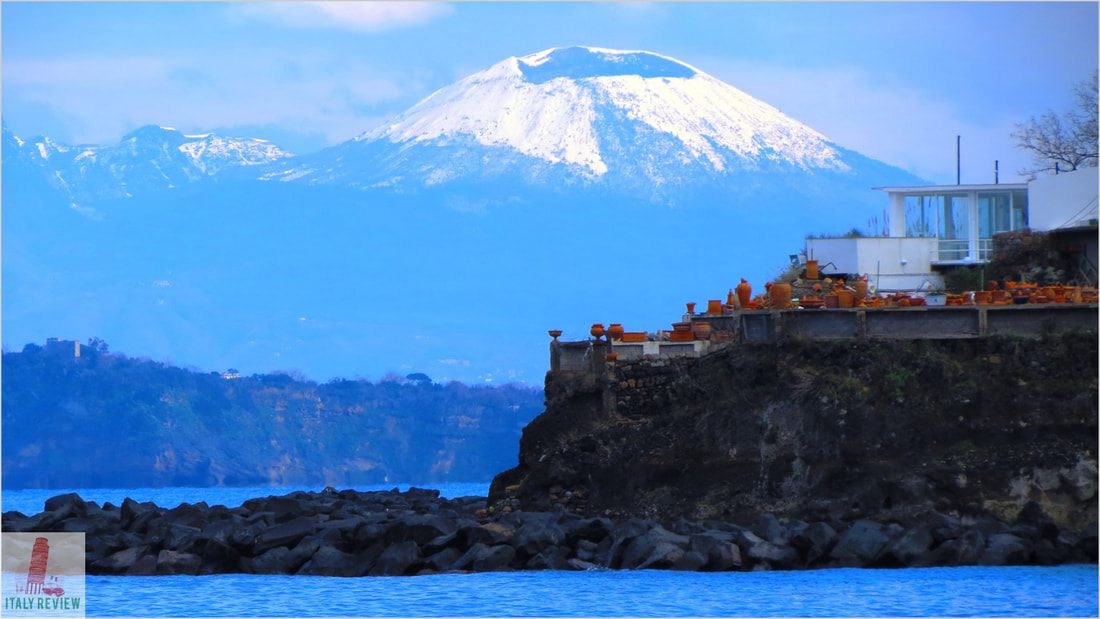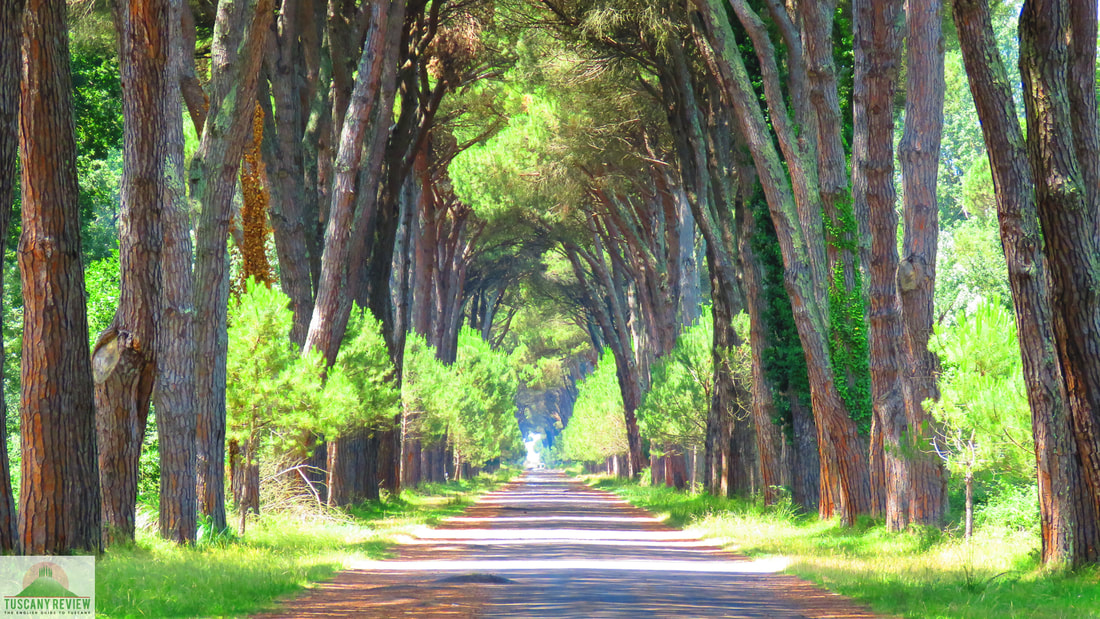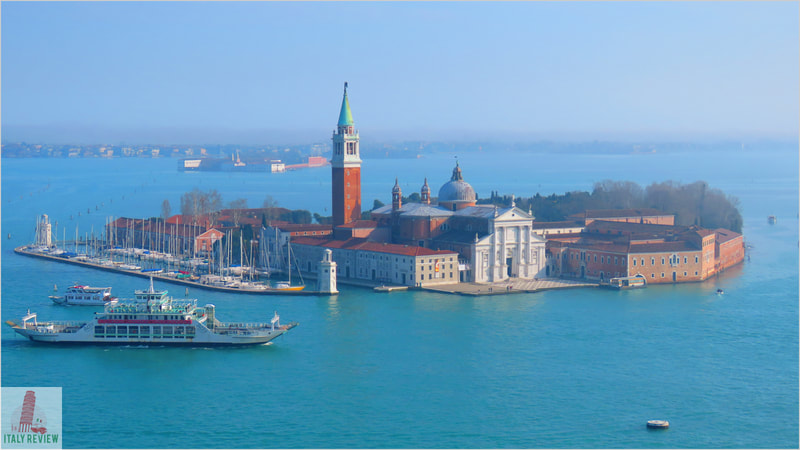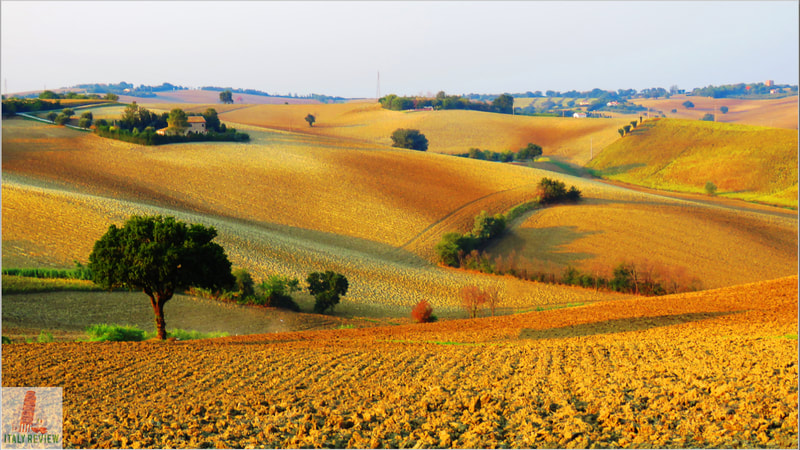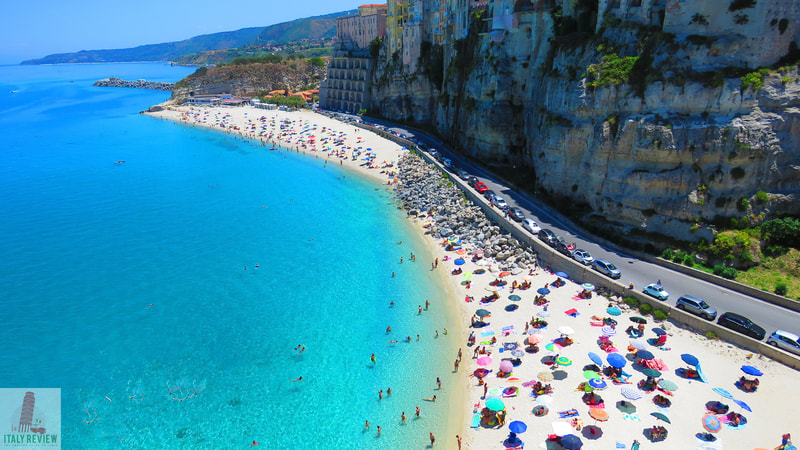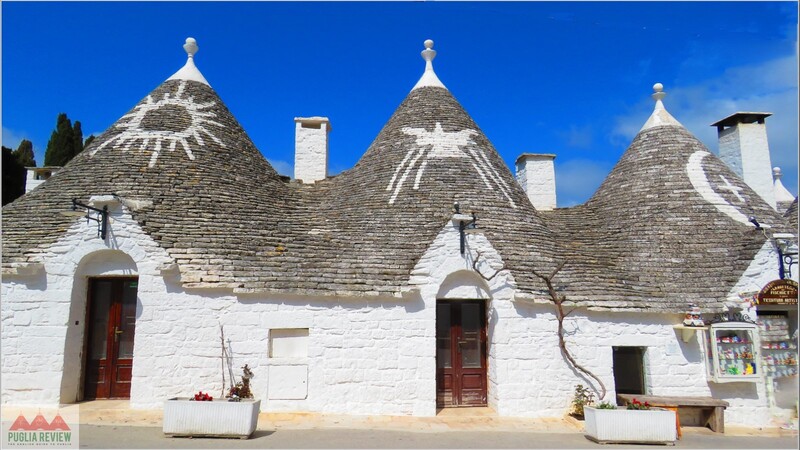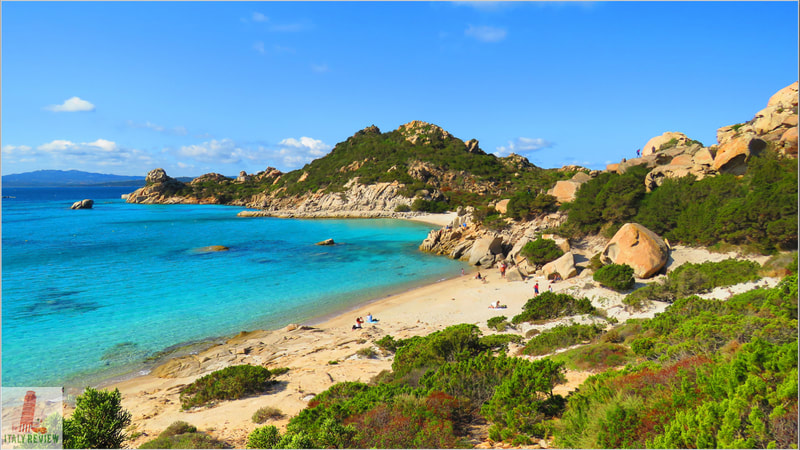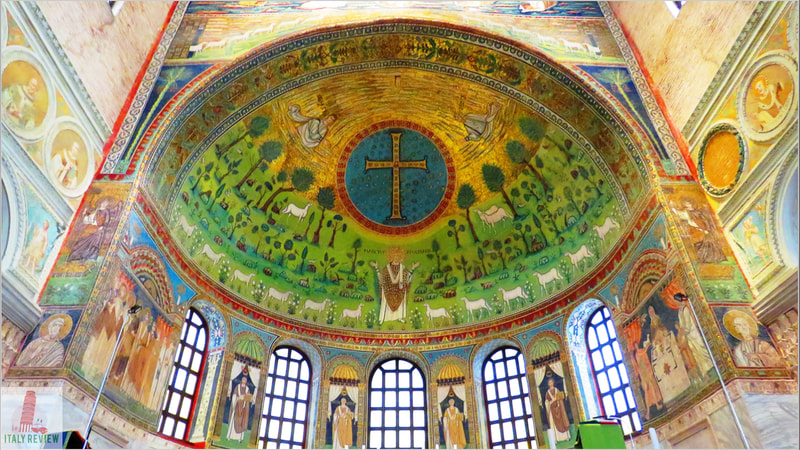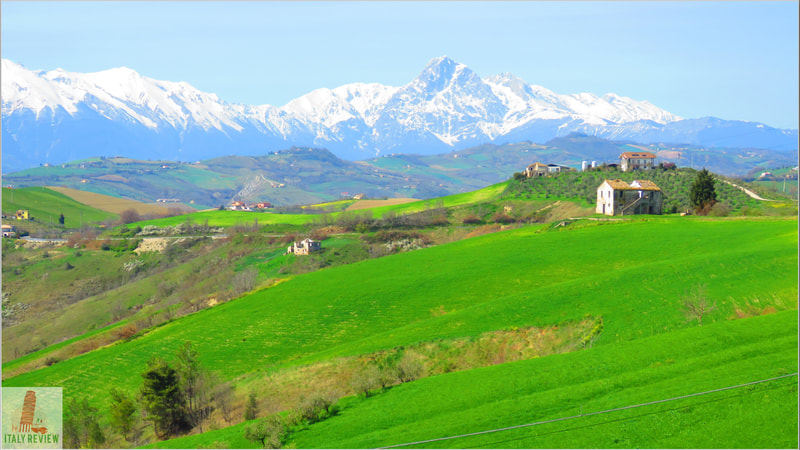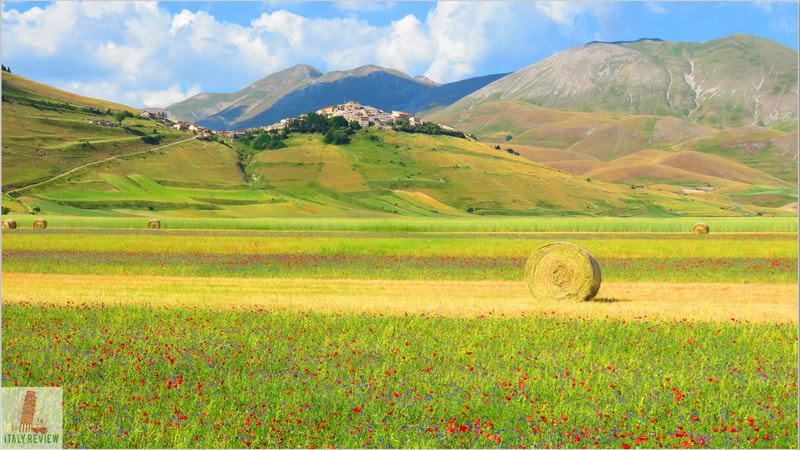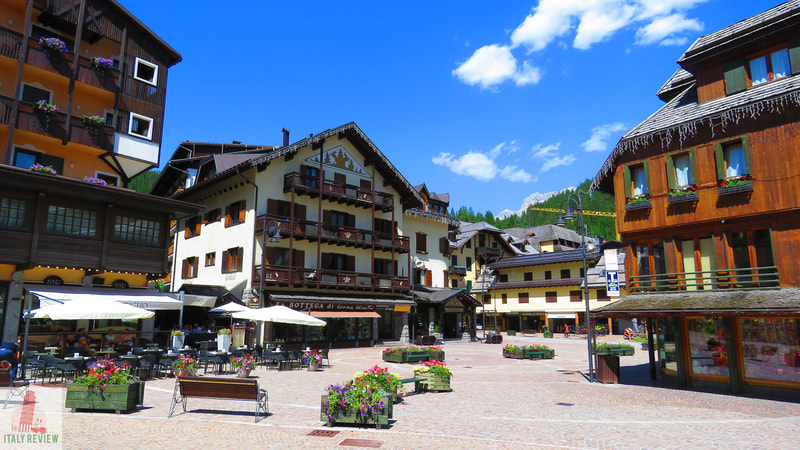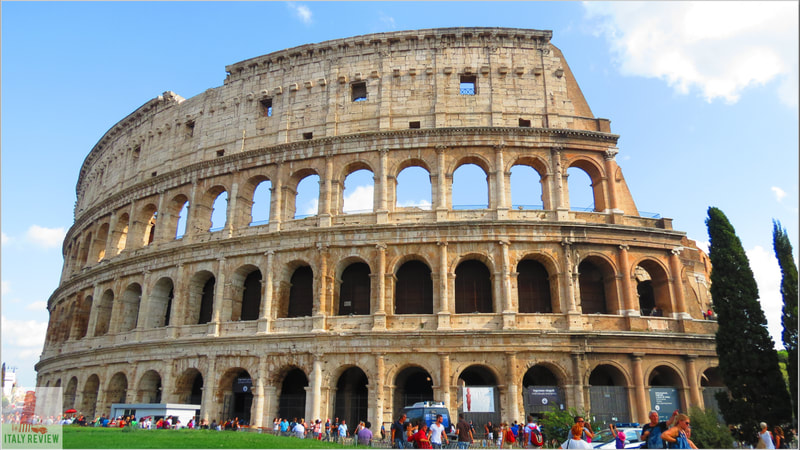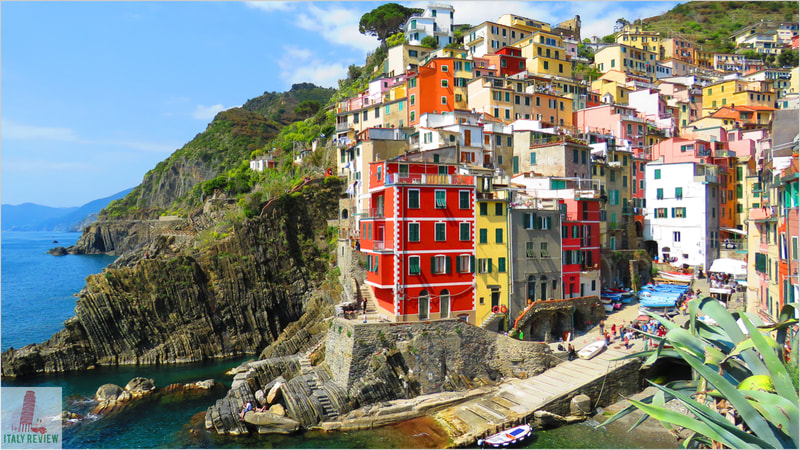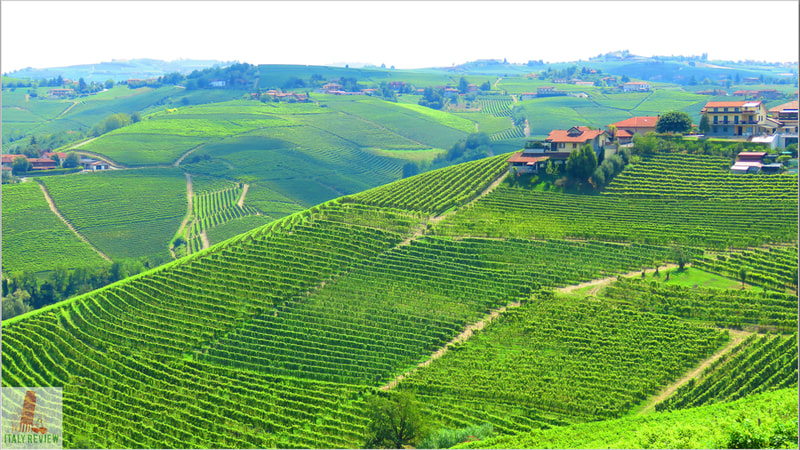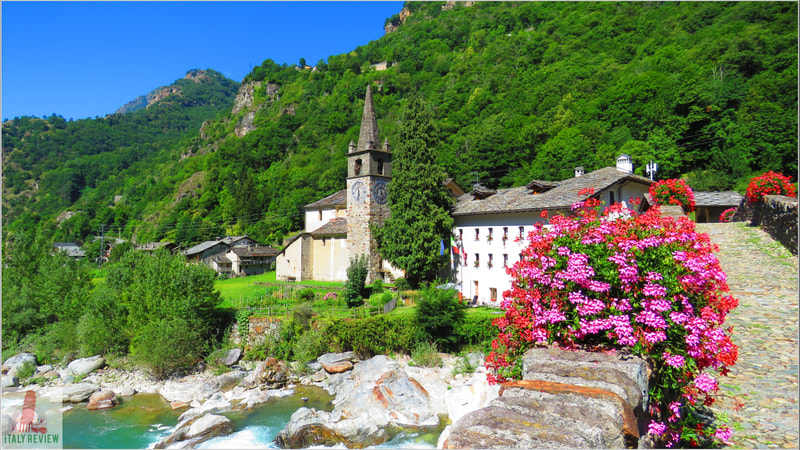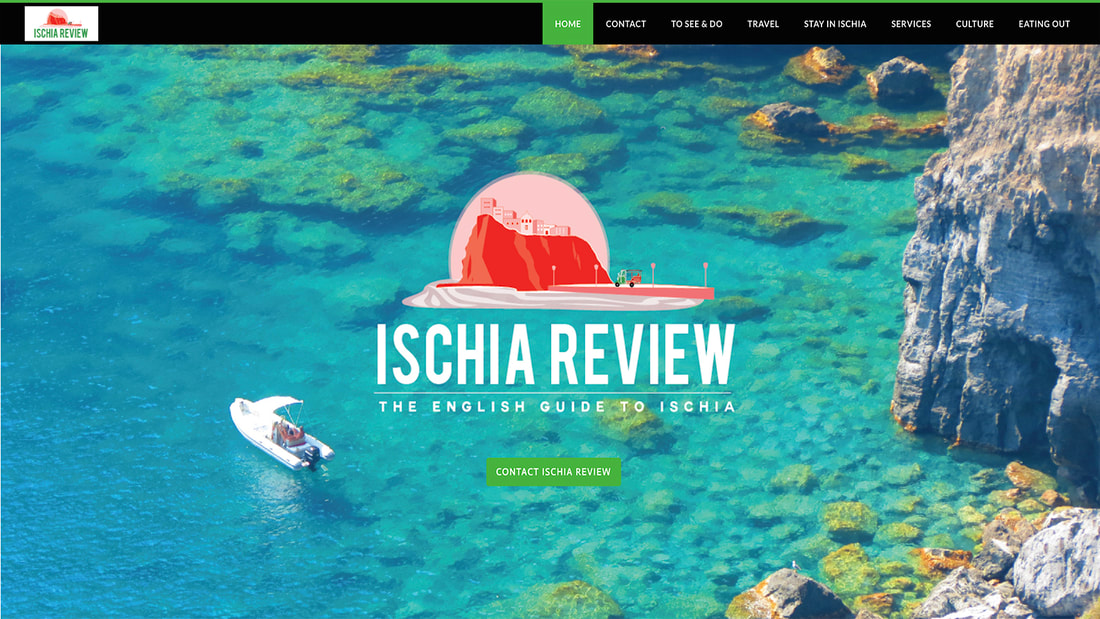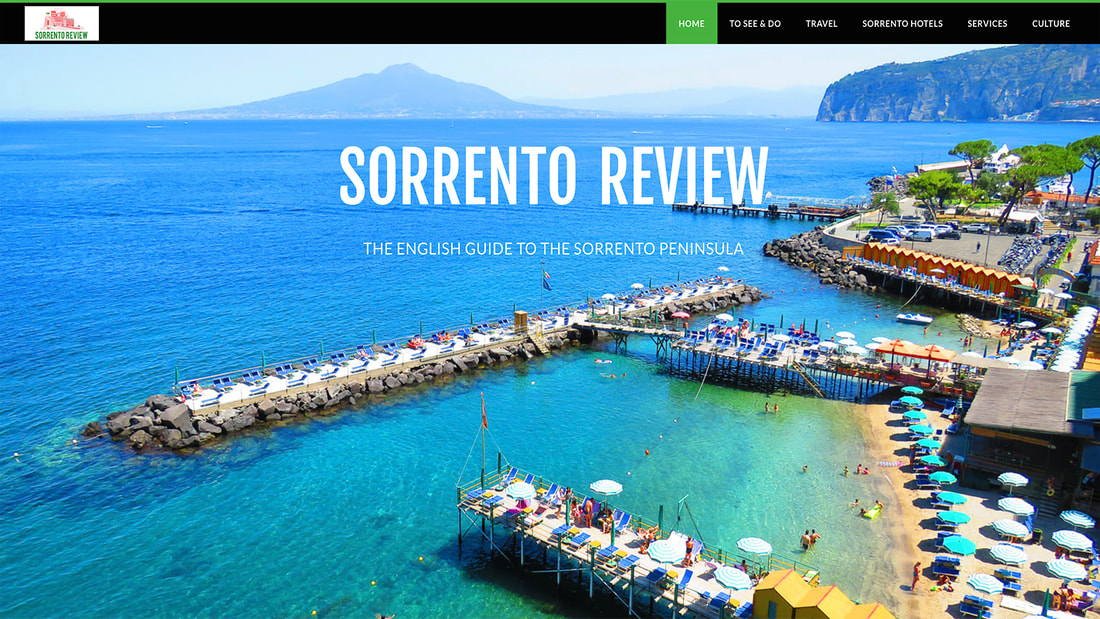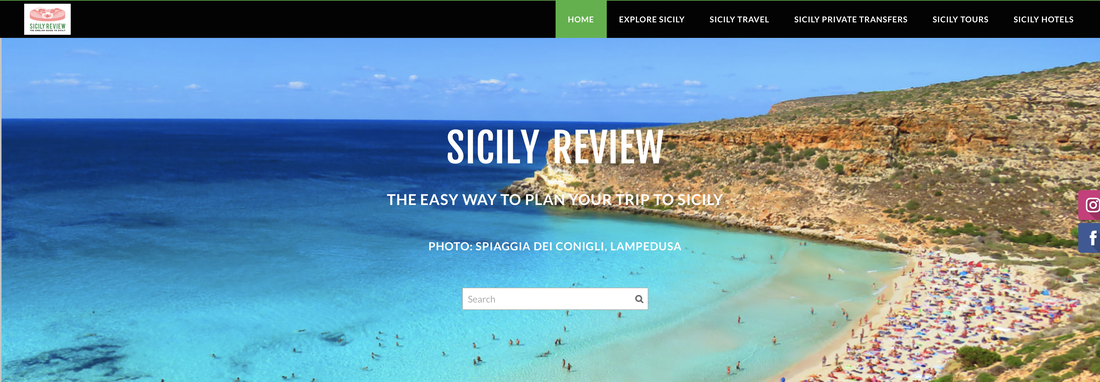NATIONAL PARKS OF ITALY
|
By Dion Protani
|
Latest update: 6 January 2024
|
|
There are 25 National Parks of Italy which take on a variety of different formats and types of terrain. Typically they take the form of large swathes of countryside, often covering more than one region such as in the case of the largest of the 25, Pollino National Park which is spread across Calabria and Basilicata or the Stelvio National Park which is split between Lombardy and Trentino Alto Adige South Tyrol.
The larger parks offer greatly diverse landscapes and are home to rare wildlife including bears and wolves in some cases. The first of the national parks, the Gran Paradiso was established in 1922 in order to protect the ibex that roam its mountains. |
Related links
The main Italian mountain ranges are all represented with the national parks and including territories in the Alps, the Apennines and the Dolomites where the Dolomiti Bellunesi National Park is the smallest in the collection.
Two of the national parks are archipelagos of islands: the Tuscan Archipelago island group in Tuscany and the La Maddalena Archipelago in Sardinia. There are also two, single islands classified as national parks: Asinara in Sardinia and Pantelleria in Sicily which was the most recent park to be established in 2016. Breaking the mould to a certain degree is the Cinque Terre in Liguria, a small but exceptionally beautiful stretch of coastline that's also a UNESCO World Heritage Site.
Two of the national parks are archipelagos of islands: the Tuscan Archipelago island group in Tuscany and the La Maddalena Archipelago in Sardinia. There are also two, single islands classified as national parks: Asinara in Sardinia and Pantelleria in Sicily which was the most recent park to be established in 2016. Breaking the mould to a certain degree is the Cinque Terre in Liguria, a small but exceptionally beautiful stretch of coastline that's also a UNESCO World Heritage Site.
National Parks of Italy in Numbers
|
Italian National Parks in order of Size
1. Pollino - 1,926 km²
2. Cilento - 1,810 km² 3. Gran Sasso - 1,413 km² 4. Stelvio - 1,307 km² 5. Gargano - 1,211 km² 6. Aspromonte - 761 km² 7. Tuscan Archipelago - 747 km² 8. Sila - 737 km² 9. Gennargentu - 730 km² 10. Majella - 704 km² 11. Gran Paradiso - 700 km² 12. Monti Sibillini - 697 km² 13. Appenino Lucano - 690 km² 14. Alta Murgia - 677 km² 15. Abruzzo, Lazio and Molise - 507 km² 16. Foreste Casentinesi - 364 km² 17. Asinara - 270 km² 18. Appenino Tosco Emiliano - 228 km² 19. La Maddalena Archipelago - 201 km² 20. Val Grande - 146 km² 21. Circeo - 84 km² 22. Vesuvius - 73 km² 23. Pantelleria - 66 km² 24. Cinque Terre - 39 km² 25. Dolomiti Bellunesi - 31 km² |
Italian National Parks in order of Year Established
1. Gran Paradiso - 1922
2. Abruzzo, Lazio and Molise - 1923 3. Circeo - 1934 4. Stelvio - 1935 5. Pollino - 1988 6. Monti Sibillini - 1988 7. Dolomiti Bellunesi - 1988 8. Aspromonte - 1989 9. Tuscan Archipelago - 1989 10. Foreste Casentinesi - 1989 11. Cilento - 1991 12. Gran Sasso - 1991 13. Gargano - 1991 14. Majella - 1991 15. Val Grande - 1991 16. Vesuvius - 1991 17. La Maddalena Archipelago - 1994 18. Sila - 1997 19. Asinara - 1997 20. Appenino Tosco Emiliano - 1997 21. Gennargentu - 1998 22. Cinque Terre - 1999 23. Alta Murgia - 2004 24. Appenino Lucano - 2007 25. Pantelleria - 2016 |

